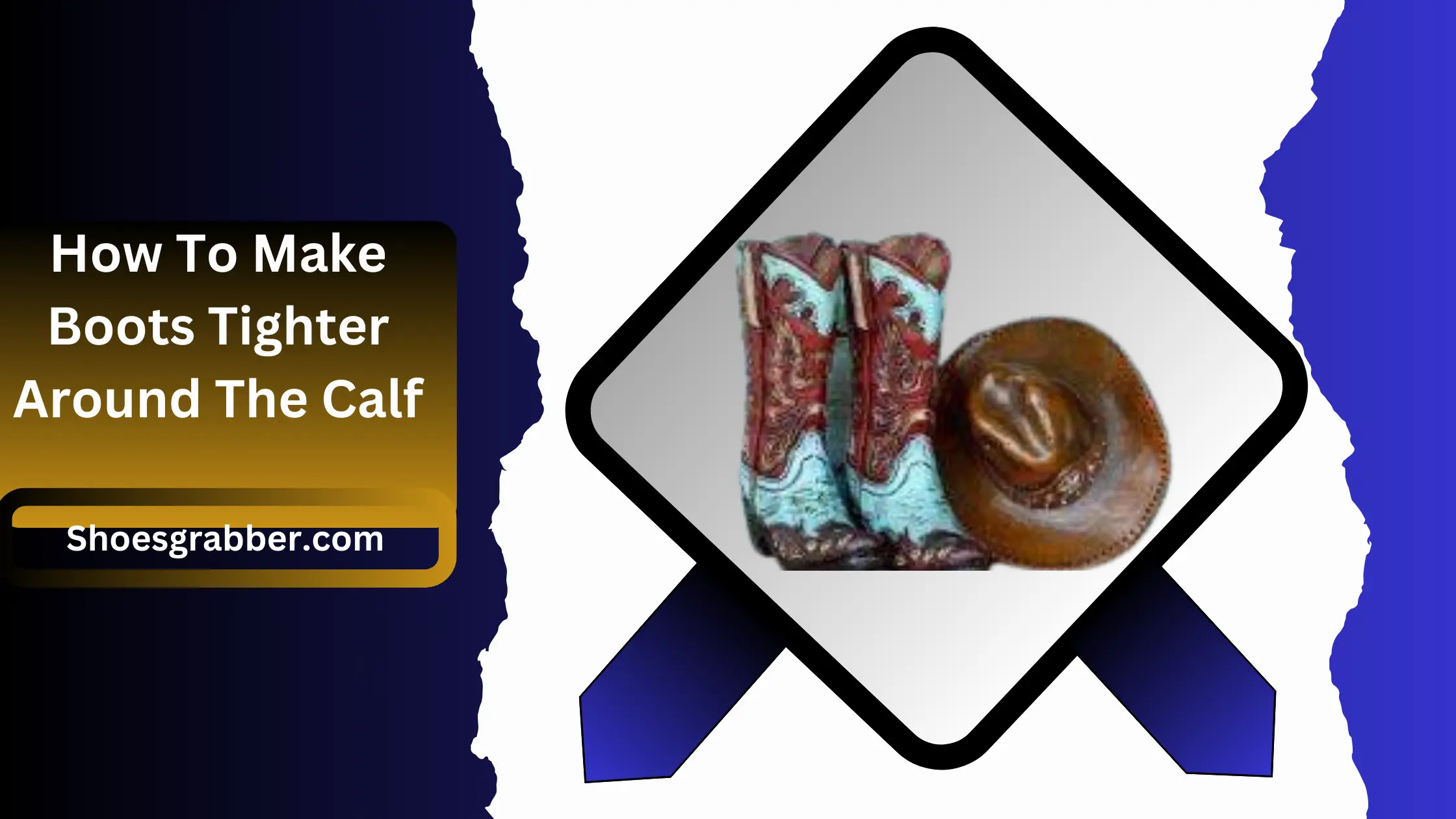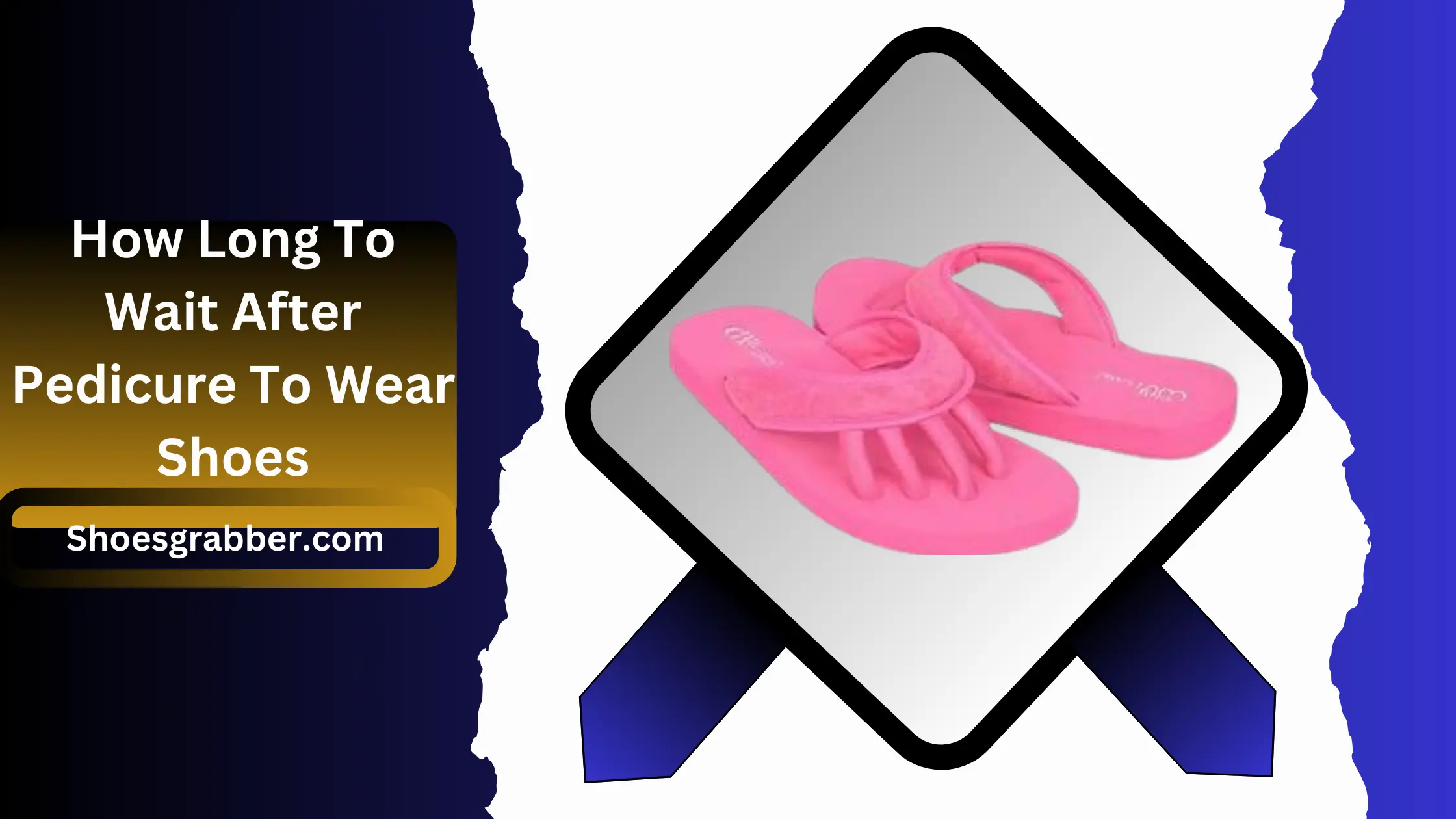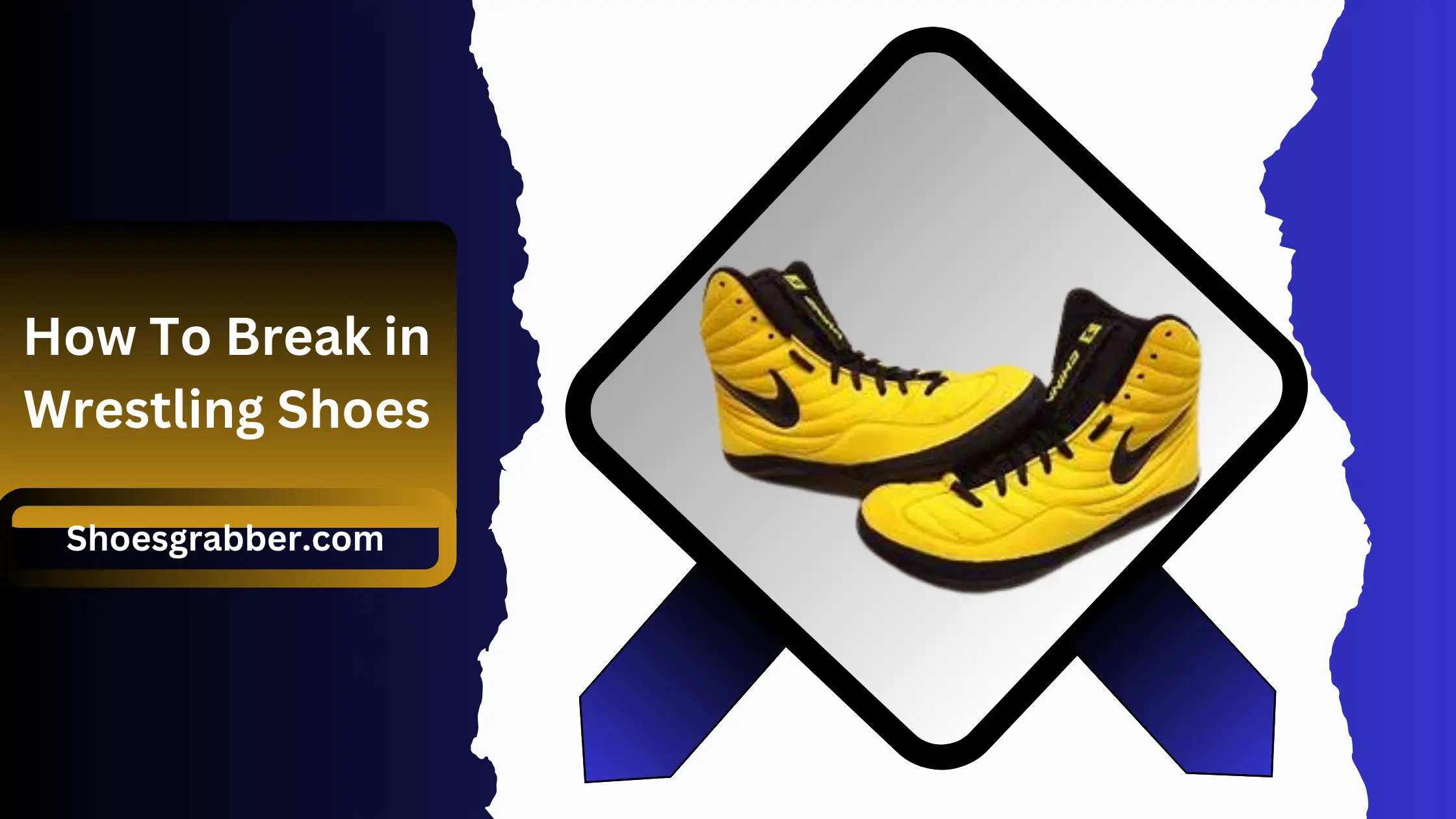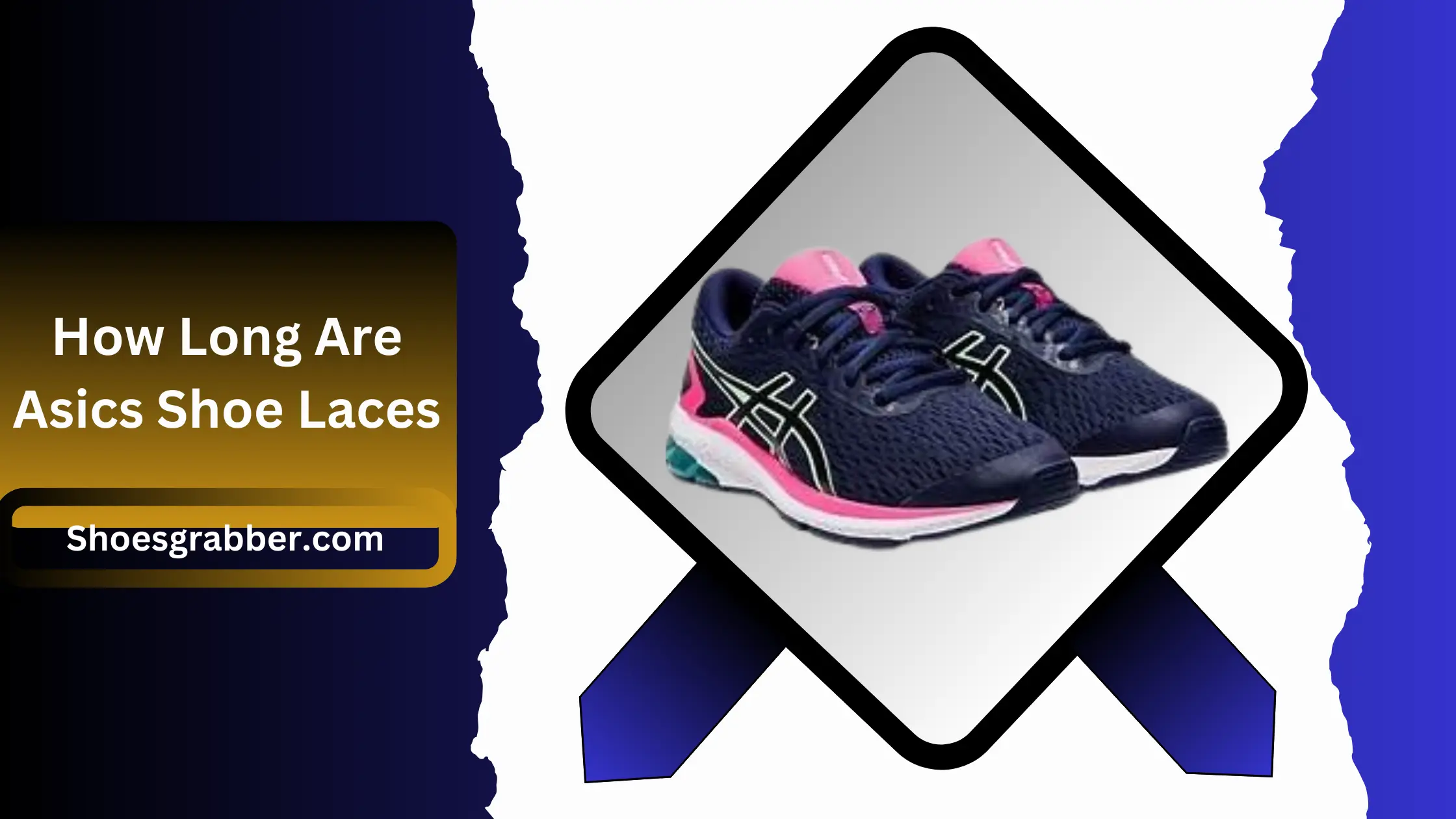Tired of spending time and money on boots that don’t fit around your calves? If you’ve ever been frustrated, feeling trapped by a too-large boot circumference, then read on.
Here we will explore various methods, from the simple to the more involved, for how to make those boots stretch enough to accommodate your calf size.
With these tips and tricks in hand, you can enjoy wearing boots again without having to worry about sacrificing comfort or style.
Get Your Boots Snug: Top Ways To Tighten Your Boots For A Perfect Fit:
Boots are a staple in any wardrobe, providing both style and functionality. However, finding a pair of boots that fit perfectly can be a challenge, especially if you have wider calves. But don’t give up just yet there are several easy and effective ways to make your boots tighter around the calf for a comfortable and snug fit.
Use Boot Stretchers:
One of the easiest and most convenient ways to make your boots fit better is by using a boot stretcher. These devices are designed to gently widen the shaft of your boots, allowing them to accommodate wider calves.
Most boot stretchers can be adjusted to fit different sizes and can also be used on various types of boots, including leather, suede, and fabric. Simply insert the stretcher into your boot and turn the knob until you feel the desired stretch. Leave it in overnight and voila! Your boots are now snugger around your calves.
Try Boot Bands:
Another effective way to tighten your boots is to use boot bands or boot straps. These are essentially elastic bands that wrap around the top of your boots, creating a custom fit for your calves.
They come in various sizes, so make sure to measure your calf circumference before purchasing them. To use them, simply wrap the band around the top of your boots and secure it with its fastener. Not only do they hold your boots in place, but they also add a stylish touch to any outfit.
Wear Thick Socks:
Sometimes, the simplest solutions are the most effective. If you have a pair of boots that are slightly too loose around your calves, try wearing thick socks. The added bulk will take up some space inside your boots and make them fit tighter on your legs.
This trick works best with thinner or stretchy materials like suede or fabric. You can also double up on socks for an even snugger fit.
Get Them Professionally Stretched:
For boots that are severely oversized around your calves, you may want to consider getting them professionally stretched. This is especially true for leather and other stiff materials that require more pressure to stretch.
Many shoe repair shops offer this service at a reasonable price and will ensure that your boots are stretched evenly without causing any damage. Additionally, they may also add extra padding or inserts for a more comfortable fit.
Break Them In:
If you have the time and patience, another way to make your boots fit tighter around your calves is by breaking them in. This method works best with leather boots since they mold to your feet over time.
Simply wear your boots for short periods of time and gradually increase the wearing time until they feel comfortable and snug around your calves. This may take a few weeks, but it’s worth the effort for perfectly fitting boots.
Invest in Adjustable Boots:
If you struggle with finding boots that fit your calves, consider investing in adjustable boots. These come with an elastic panel or lace-up design on the back of the shaft, allowing you to adjust the circumference to perfectly fit your legs. Not only are they practical, but they also add a unique and stylish touch to any outfit.
Keep Your Calves Toned:
Keeping your calf muscles toned can also help with making boots fit better. By doing calf-strengthening exercises like calf raises and lunges, you can increase the muscle mass in your calves, making them firmer and easier to fit into boots.
Plus, exercising regularly has many other health benefits that go beyond just fitting into your favorite pair of boots.
Use Heating Elements to Expand the Leather:
If you’re dealing with leather boots that need some extra stretch, you can use heating elements to expand the material. Simply apply heat to the tight areas of the boot using a hairdryer or hot water bottle.
Then, while the material is still warm, flex and move your foot inside the boot to help it mold to your calf shape. This method may require some patience but can be effective in creating a perfect fit.
Buy Shoes with Elastic or Stretchy Panels:
Another alternative to making your boots tighter is to opt for footwear with elastic or stretchy panels. These types of boots and shoes are designed specifically for individuals with wider calves, providing a comfortable and adjustable fit without the need for any modifications. They come in various styles and can be found at most shoe stores.
Consider Other Types of Footwear:
If you’ve exhausted all your options and still can’t find a comfortable fit for your boots, it may be time to consider other types of footwear. For example, ankle or mid-calf boots may work better for wider calves as they don’t cover the entire lower leg.
Alternatively, you can also opt for shoes with higher heels to create the illusion of longer and slimmer legs. With these alternatives in mind, you can still achieve stylish looks without having to worry about uncomfortable or ill-fitting boots.
What To Do If Your Boots Are Too Loose Around the Calf?
If you find that your boots are still too loose around the calf after trying these methods, don’t fret. There are a few things you can do to prevent them from slipping down while wearing them.
Use Boot Grips:
Boot grips or heel grips are small adhesive strips that can be placed inside the top of your boots to prevent them from sliding down.
They provide extra grip and friction between your skin and the boot material, keeping them in place. These are especially useful for boots made from slippery materials like leather or suede.
Add Insoles:
Another option is to use insoles inside your boots to add some extra cushion and bulk. This can help take up some space inside the boot and make them fit more snugly around your calves. Plus, they also provide additional comfort and support for your feet while wearing the boots.
Use Double-Sided Tape:
If you’re in a pinch and don’t have any boot grips or insoles, double-sided tape can be used as a temporary solution.
Simply place strips of the tape along the top of your boots before putting them on. This will create some extra grip and prevent them from slipping down. However, be cautious when removing the tape as it may damage the inside of your boots.
Try Boot Bands:
Similar to boot grips, boot bands are elastic strips that can be attached to the top of your boots to secure them in place.
They come in various sizes and can also add a stylish touch to your outfit. Simply wrap them around the top of your boots and fasten them with their closure.
Wear Knee-High Socks:
For a quick fix, try wearing knee-high socks under your boots. The added layer of fabric can create some extra grip and help keep the boots from sliding down your leg. Plus, this can also add an additional layer of warmth in colder weather.
Why You Should Make Boots Fit Right – Benefits and Reasons:
Comfort:
The most obvious reason for making your boots fit properly is for comfort. Ill-fitting boots can cause discomfort, blisters, and even pain in the calves if they are too tight or rub against the skin.
Confidence:
Wearing a pair of boots that fit perfectly can boost your confidence and make you feel more put-together and stylish. This is especially true if you have struggled with finding boots that fit before. Properly fitting boots can elevate any outfit and make you feel more confident in your style.
Protect Your Feet:
Wearing loose boots may cause your feet to slip around inside, potentially causing injuries or blisters. On the other hand, tight boots can also restrict blood flow and cause discomfort or pain in the feet. Making sure your boots fit properly helps protect your feet from these issues.
Avoid Damage to Your Boots:
Ill-fitting boots can also cause damage to the boots themselves. For example, if you have wider calves and try to squeeze into boots that are too narrow, it may cause the material to stretch or rip. Taking the time to find the right fit prevents any unnecessary wear and tear on your beloved boots.
Versatility:
Having boots that fit properly opens up more options for styling and wearing them. You can confidently pair them with different outfits without worrying about discomfort or unsightly bulging around the calf area. Properly fitting boots also allow you to wear them for longer periods without any discomfort, making them a more versatile and practical footwear choice.
Better Posture and Alignment:
Wearing boots that fit properly can also improve your overall posture and alignment. Shoes that are too loose or tight can cause you to walk differently, putting strain on different parts of your body. By wearing well-fitting boots, you can avoid any potential back pain or discomfort caused by improper posture while walking in ill-fitting footwear.
Longevity:
Making sure your boots fit properly can also prolong their lifespan. By wearing them with the right fit, you reduce the risk of any damage or wear and tear that may occur from constant adjustments or uncomfortable wear. Well-fitting boots can last longer and save you money in the long run.
Alternatives to Making Boots Tighter – Changing Your Footwear Choice:
Even with these tips and tricks, sometimes it can still be challenging to make your boots fit tighter. In this case, you may need to consider other options for footwear that can provide the right fit without any modifications necessary. Some alternatives include:
Ankle or Mid-calf Boots:
As mentioned earlier, these types of boots may work better for individuals with wider calves. They provide a more relaxed fit compared to knee-high boots and can still be styled in various ways. Plus, they are often more comfortable to walk in for extended periods.
Shoes with Higher Heels:
Another option is to choose shoes with a higher heel, such as platform boots or heels. The added height can create the illusion of longer and slimmer legs, making your calves appear smaller. This is a great alternative for those who prefer taller boots but have wider calves that make it challenging to find the right fit.
Footwear with Elastic or Stretchy Panels:
If you still want knee-high boots, consider looking for ones with elastic or stretchy panels. These are specifically designed for individuals with wider calves and provide a comfortable and adjustable fit without any modifications needed. They come in various styles and can be found at most shoe stores.
Custom-Made Boots:
If you have the budget and really want a perfect fit for your boots, consider getting them custom-made. This option allows you to choose the exact measurements and style that you want, ensuring a comfortable and personalized fit. While this may be more costly than other options, it can be worth it for those who struggle to find boots that fit their wider calves.
Consider Different Materials:
It may be worth considering different materials for your boots. Some materials, such as leather or suede, have more give and can stretch to fit wider calves better. This may be a good option if you want knee-high boots but have struggled with finding the right fit in the past.
Consult with a Professional:
If you are still having trouble finding boots that fit comfortably, it may be beneficial to consult with a professional. A shoe store employee or podiatrist can help assess your feet and calves and recommend the best options for your specific needs. They may also have additional tips or tricks for making boots fit tighter without causing discomfort.
Measurement Matters - How To Take Proper Measurements For a Perfect Fit Every Time:
Before purchasing any boots, it is crucial to take accurate measurements of your feet and calves. This will help you find the best fit and avoid any discomfort or issues with ill-fitting boots. Here’s how to take proper measurements for a perfect fit every time:
Measure Your Feet:
Begin by measuring the length of your feet from heel to toe. This will give you a good idea of what shoe size to look for. You can also measure the width of your feet by placing a tape measure around the widest part of each foot. Make sure to take these measurements while standing barefoot for more accuracy.
Measure Your Calves:
Next, measure the circumference of your calves at the widest part. This can be done by using a tape measure and wrapping it around your calf while standing with your feet hip-width apart. Make sure to keep the tape snug but not too tight.
Compare Measurements to Size Chart:
Once you have your measurements, compare them to a size chart for the particular brand or style of boots you are interested in. This will help you find the best fit and avoid any bulkiness or tightness around your calves.
Try Them On:
Always try on boots before purchasing them. Walk around in them and make sure they feel comfortable and secure on your feet and calves. If you have any concerns, ask for a different size or style to ensure the best fit possible.
Consider Purchasing Inserts:
If you have a slightly bigger or smaller foot than the average size, consider purchasing inserts to help fill any gaps and provide a more snug fit. These can be found at most shoe stores and are a great alternative for those struggling with finding boots that fit properly.
Don’t Ignore Red Flags:
If you feel any discomfort or have trouble walking in boots, don’t ignore it. This could be a sign that they do not fit properly and may cause more harm than good. It’s always better to find a better fitting pair rather than risking potential injuries or discomfort.






